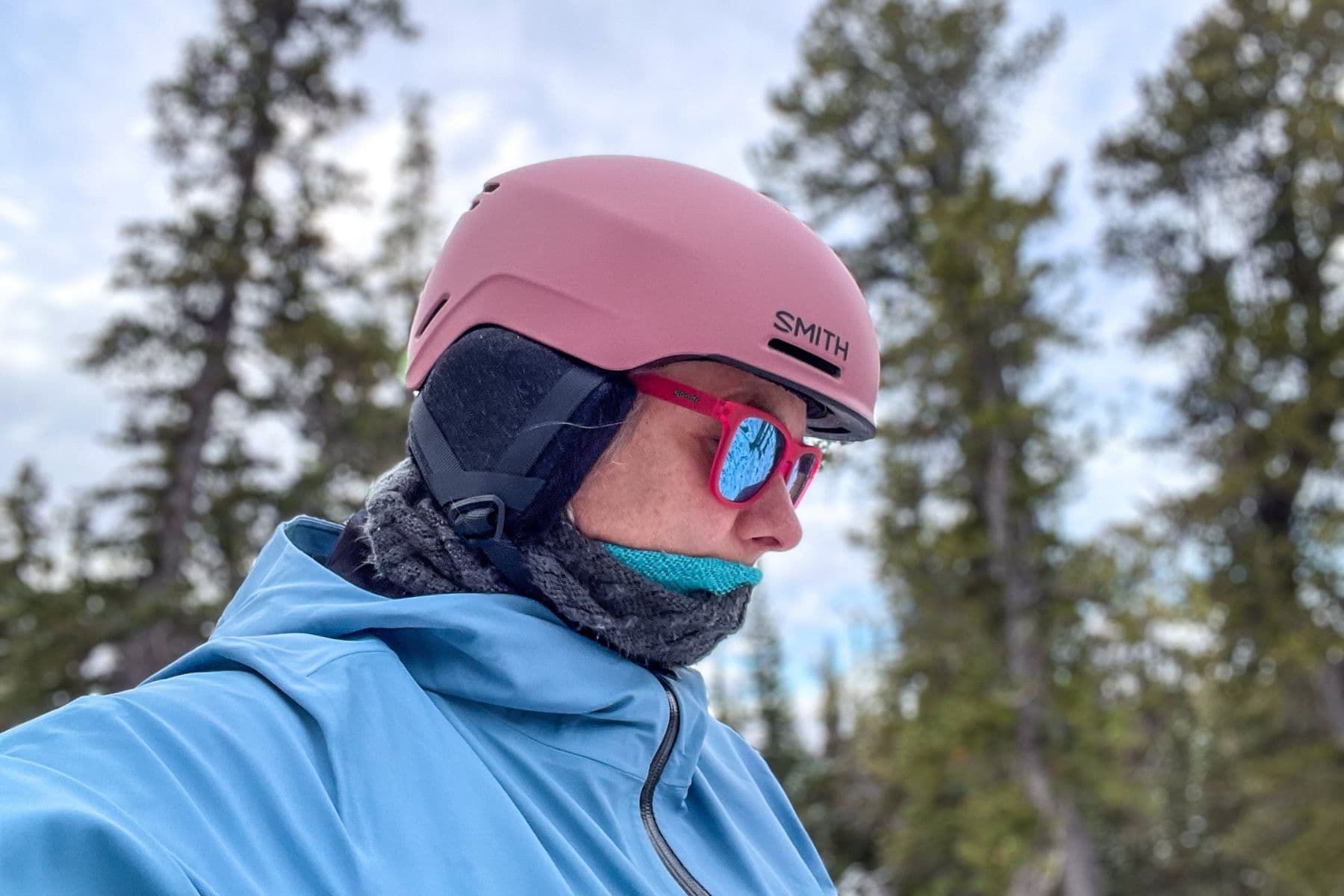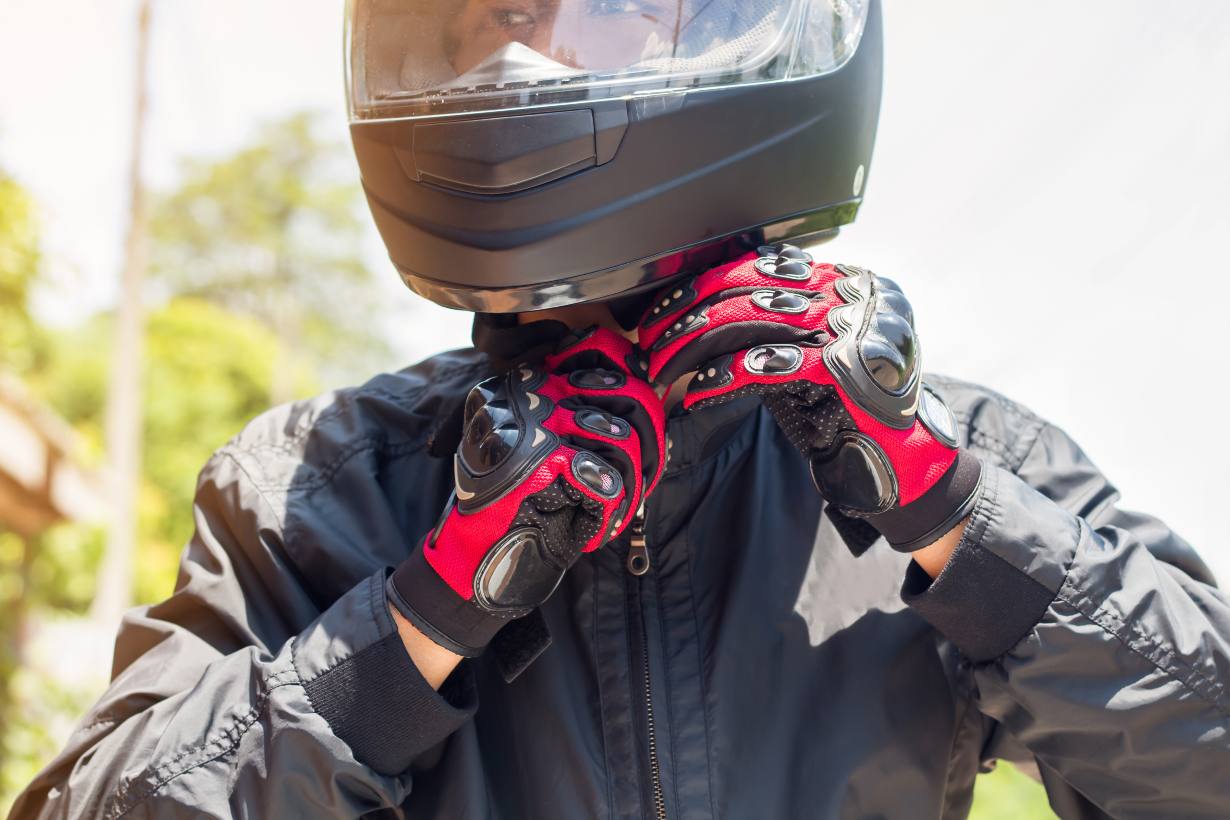Mountain biking can be thrilling, but it comes with its risks—especially when navigating rugged trails and challenging terrain. A well-fitting helmet is essential for protecting yourself against potential head injuries.
Here’s everything you need to know to find the right helmet size for mountain biking, including fit tips and essential features to consider.
Why a Properly Fitted Helmet Is Essential for Mountain Biking
Mountain bike helmets are designed to provide greater coverage and protection, particularly around the back and sides of the head, to account for the unique risks of off-road riding.
A poorly fitted helmet can shift or come loose on rough trails, compromising safety and making the ride uncomfortable.
By selecting the right size, you ensure your helmet stays in place and offers optimal protection where you need it most.
Step-by-Step Guide to Measuring Your Head for a Mountain Bike Helmet
Before you start browsing for helmets, you’ll need to know your head’s measurements. Here’s how:
- Use a Flexible Measuring Tape: Wrap a soft measuring tape around your head. If you don’t have one, use a piece of string and measure it with a ruler afterward.
- Find the Widest Part of Your Head: Position the tape about 1 inch (2.5 cm) above your eyebrows and around the largest part of the back of your head. Keep the tape level all the way around for the most accurate measurement.
- Record Your Measurement: Write down the measurement in both centimeters and inches, as different brands may list sizes in one or both units.
- Re-measure to Confirm: Take a second measurement to ensure accuracy, as a small discrepancy can make a difference in finding the right fit.
Helmet Size Chart for Mountain Biking
Each helmet brand may have slight variations in their sizing, so always check the brand-specific size chart. Here’s a general guide to helmet sizes:
- Extra Small (XS): 20 – 20.5 inches (51 – 52 cm)
- Small (S): 20.5 – 21.5 inches (53 – 54 cm)
- Medium (M): 21.5 – 22.5 inches (55 – 57 cm)
- Large (L): 22.5 – 23.5 inches (58 – 60 cm)
- Extra Large (XL): 23.5 – 24.5 inches (61 – 62 cm)
Remember to refer to the manufacturer’s size chart when choosing a helmet, as each brand may have slight sizing variations.
The Fit Test: Making Sure Your Mountain Bike Helmet Fits Correctly
Once you’ve selected a helmet based on your size measurement, perform a fit test to ensure it fits securely:
- Position on Your Head: Place the helmet level on your head, covering your forehead and sitting just above your eyebrows. It should offer full coverage, especially around the back of your head.
- Check for Snugness: The helmet should feel snug without being overly tight. Try moving your head from side to side and up and down to ensure the helmet doesn’t shift or wobble.
- Retention System: Most mountain bike helmets come with a dial-adjustable retention system at the back. Adjust it to tighten or loosen the fit until it feels secure.
- Chin Strap: Fasten the chin strap snugly under your chin, allowing no more than two fingers between the strap and your skin. Adjust the side straps to form a “V” around each ear for added stability.
Key Features to Look for in a Mountain Bike Helmet
In addition to finding the right size, consider the following features specific to mountain biking:
- Full Coverage Design: Mountain bike helmets typically offer more coverage around the back and sides of the head to protect against falls on uneven terrain.
- Visor: A visor is essential for shading your eyes from the sun and deflecting branches or debris on the trail. Some helmets come with adjustable or removable visors.
- MIPS (Multi-Directional Impact Protection System): MIPS technology reduces rotational forces on the head, adding an extra layer of protection.
- Ventilation: Look for a helmet with multiple vents to keep your head cool, especially on challenging uphill climbs.
- Removable Padding: Removable pads make it easy to wash and maintain a fresh helmet, especially after muddy or sweaty rides.
Tips for Helmet Care and Maintenance
To get the most out of your mountain bike helmet, take proper care of it:
- Replace After Any Impact: Helmets are designed for one-time impact protection. Replace your helmet if you’ve been in a crash, even if there’s no visible damage.
- Check Fit Regularly: Over time, a helmet’s fit can change. Test the fit every few months to ensure it still feels secure and comfortable.
- Clean After Rides: Use a soft cloth and mild soap to wipe down the helmet. Avoid using harsh chemicals that could weaken the materials.
- Store Properly: Keep your helmet in a cool, dry place when not in use, away from direct sunlight or extreme heat.
Special Considerations for Full-Face Mountain Bike Helmets
For riders tackling downhill trails or more extreme mountain biking, a full-face helmet may be the best option. These helmets provide full protection for the face, jaw, and head. When choosing a full-face helmet, make sure it has a comfortable yet snug fit around the chin bar, as well as adequate ventilation for breathing and cooling.
Conclusion: Choose the Right Size for a Safer, More Enjoyable Ride
A mountain bike helmet that fits well is essential for maximizing safety and comfort on the trails. By measuring your head accurately, consulting size charts, and checking for a snug, stable fit, you can confidently select a helmet that provides the protection you need. Equipped with the right helmet, you’ll be ready to tackle any trail with peace of mind.
Stay safe and enjoy every adventure on the mountain!








